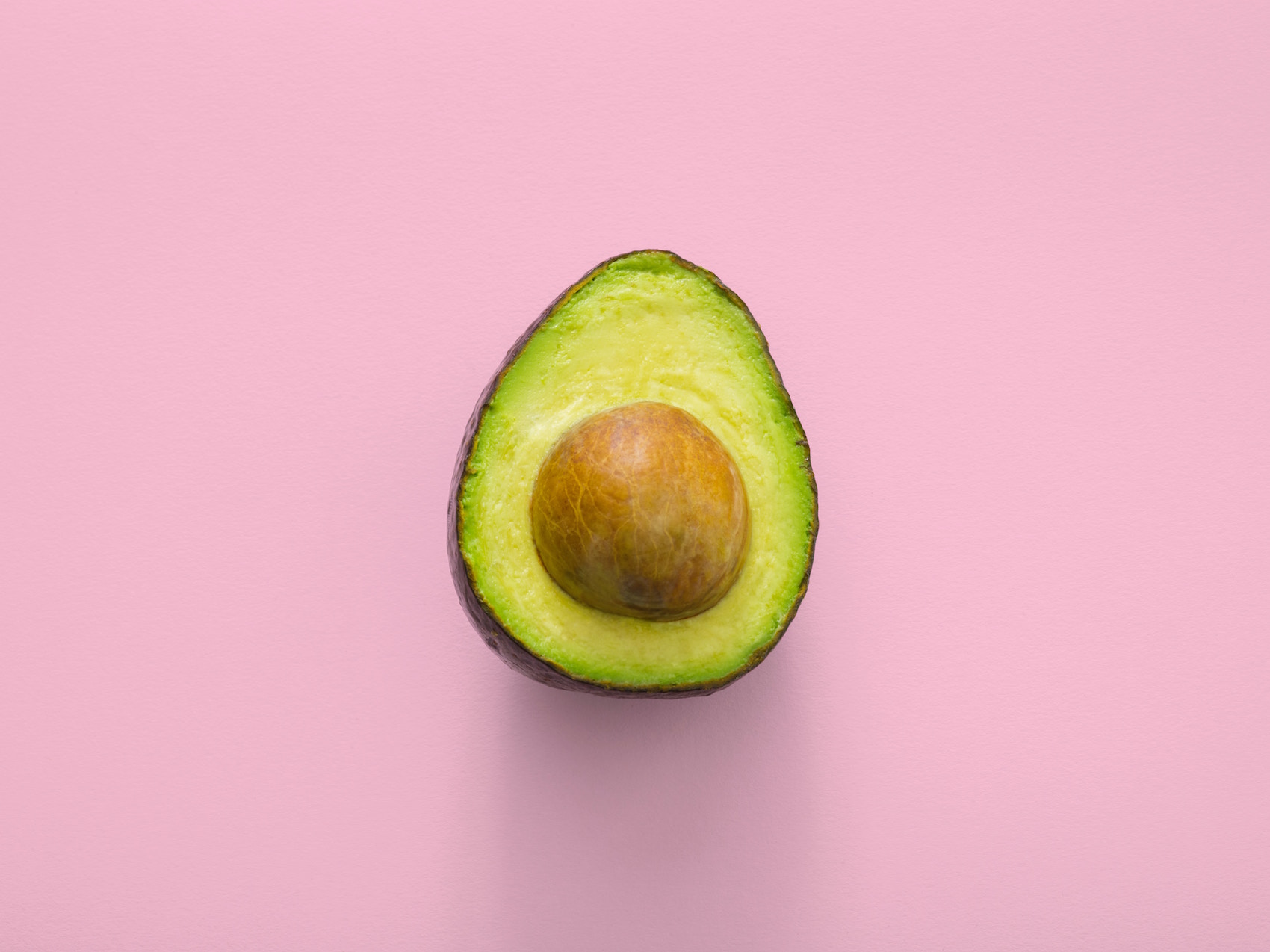Plastic, as we well know, is not natural. It’s made from oil, and unless it’s burned, it can never be completely destroyed.
While it can get smaller, becoming a series of microplastics, this is not the same as breaking down: these smaller and smaller pieces simply find their way into the ocean, our fish, and then eventually our own bodies. Rather than addressing the plastic problem, our tipping culture is simply transferring it back into ourselves.
In short, plastic is made of chemicals and has no nutritional value. Nothing natural should be able to sustain life on a diet of plastic.
But there may be something that can.
Scientists in Tucaman, an area to the North of Argentina, have found a tiny caterpillar that is somehow able to digest plastic and turn it into food.
La Nacion reports that Carolina Monmany-Garzia, a researcher at the National University of Tucuman, presented findings of new research the first edition of ‘Soapbox Science in Latin America in the Independent Square.’
She said that there were two types of nocturnal butterflies in the region whose larvae and caterpillars were eating a plastic used by beekeepers to cover the beehives when it’s cold.
They were intrigued, and looked into how they digested the material — “because it’s not food for a species, bearing in mind that it’s not a natural product.”
Back in the lab, the scientists gave them various bits of plastic to chow down on. Supermarket bags, bags of noodles, plastic used in farming and polystyrene were all used.
And their favourite? Plastic bags.
“The caterpillars didn’t only not die, they got to an adult state only using food based on plastic, and some even managed to lay eggs — which means that the energy they acquired from the plastic was used for reproductive ends,” Monmany-Garzia added.
This could be the start of a key breakthrough. An estimated 4 trillion plastic bags are used around the world every year, and only 1% of the bags are recycled. Each person in the US alone is estimated to throw away about 307 bags per person per year.
If an army of these caterpillars were let loose on the mountains of shopping bag waste we produce every year, would we be able to drastically slash the number of toxic products buried in the ground or converted into poisonous gases?
Further study revealed that the Argentine caterpillars possessed a bacteria in their digestive tracts and on the outside of their body that allowed them to break down the plastic and turn it into food.
The teams are now investigating how to put to the test the bacteria in industrial products that can be used to treat plastic-heavy landfill sites.
